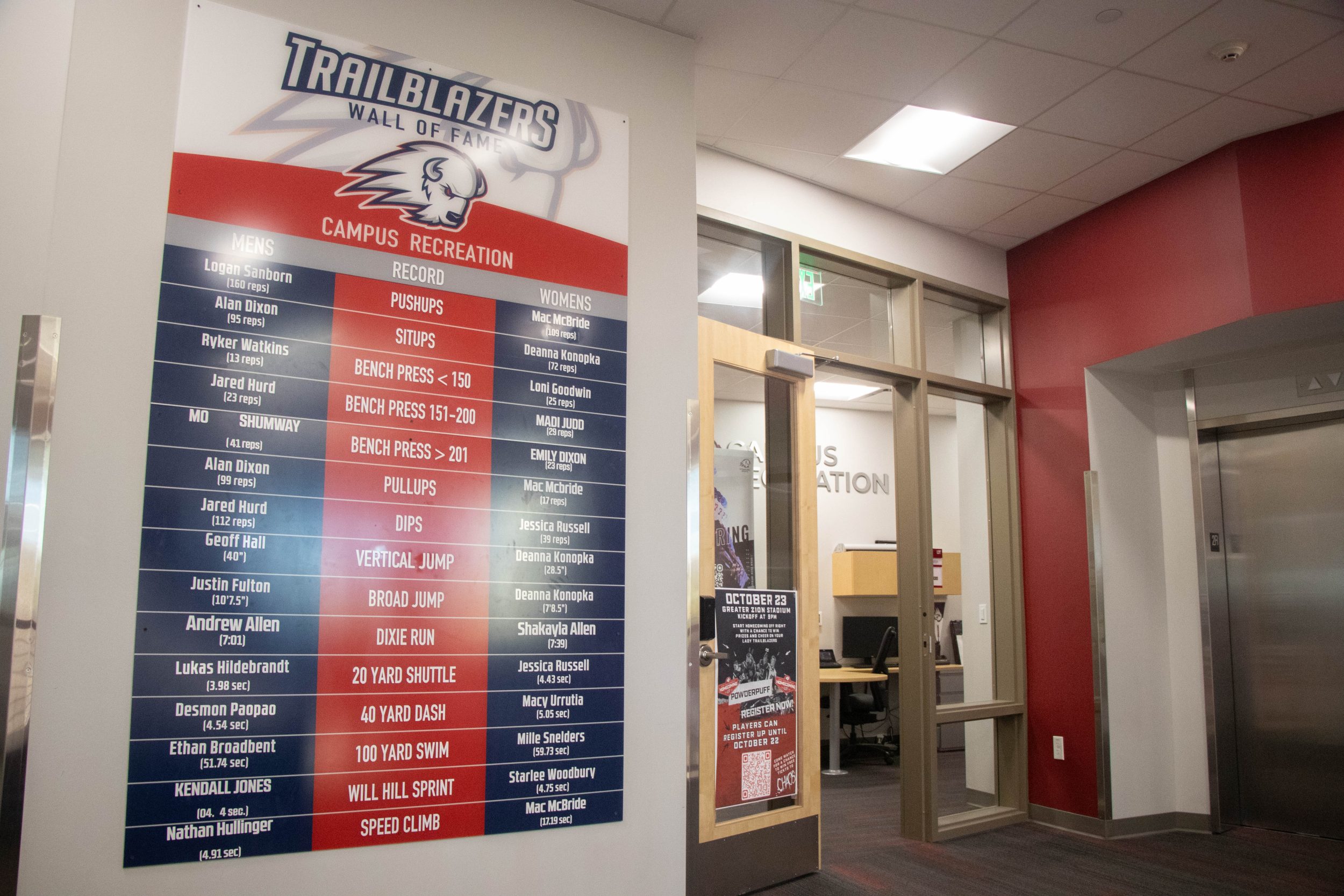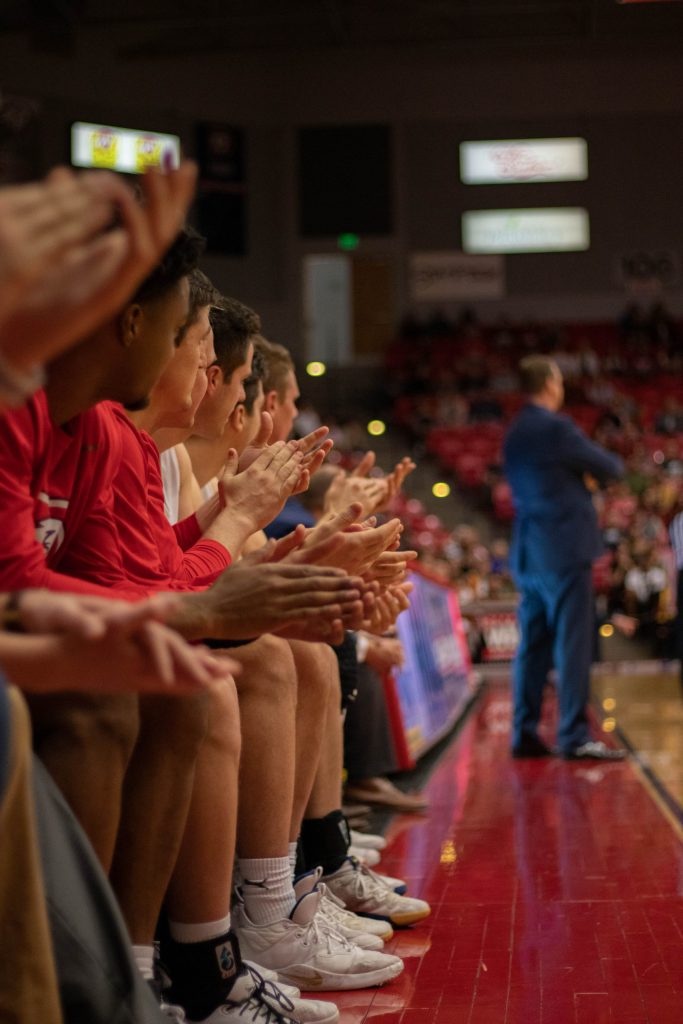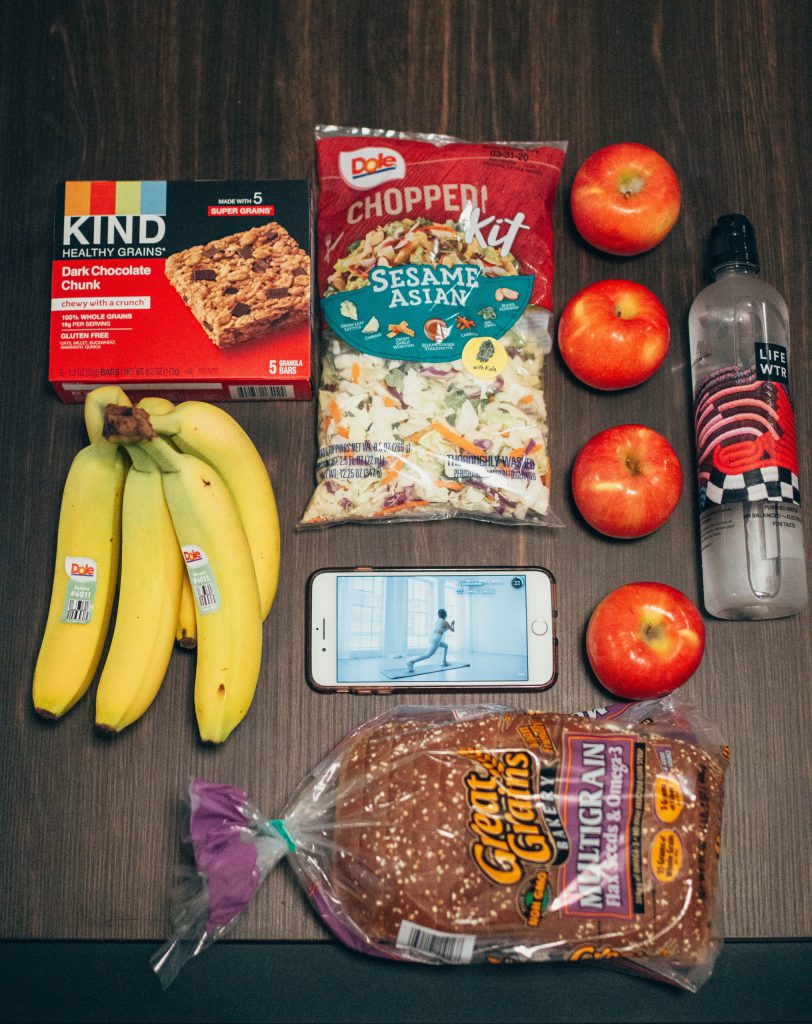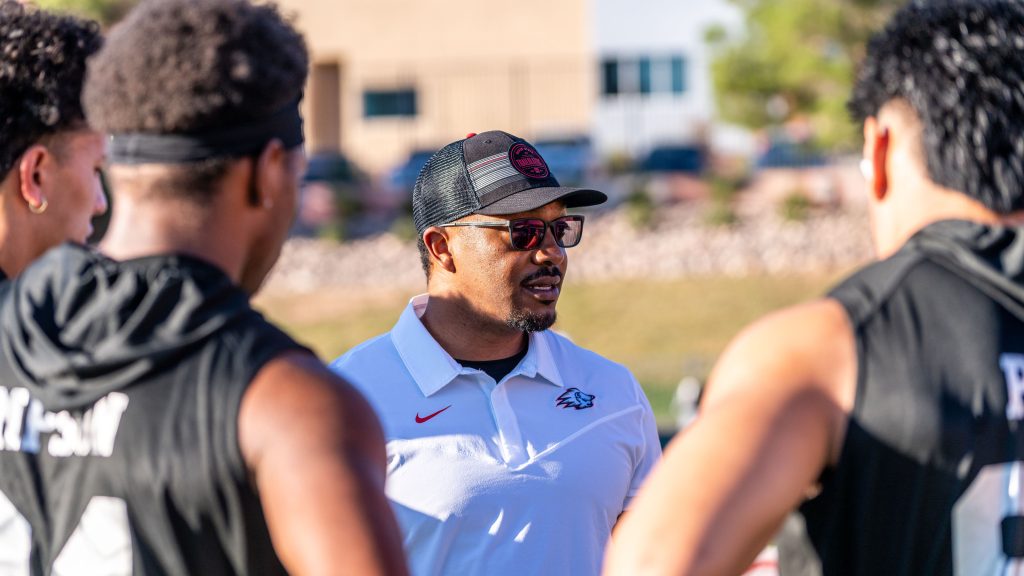The intramural program, once a place where students could stay active and connect with peers, is now struggling to keep participants involved.
The program is offered to all students, with a variety of sports including flag football, sand volleyball and basketball. Participating in the program gives students the opportunity to play the sports they used to play in high school.
Intramurals is a recreational program that is noncommittal. Students don’t have daily practice, and it is more for fun and socializing, while club teams have daily practices and compete at a higher level. Club teams also compete against other universities, while intramurals are just between students at Utah Tech.
Basketball is the league’s most popular sport, while sand volleyball is the least due to the location of the courts, said Jazmin Uhler, the interim campus recreation coordinator for intramural sports.
“I think it’s fun to get involved in campus and see people have a competitive side of themselves, and I played sports in high school, so it’s fun to kind of relive those days,” Jackson Feinauer, a senior information systems and analytics major from Salt Lake City, said.
Registration for each sport is about three weeks before they start, the first games are a week after the registration deadline. Students can register as part of a team or as a free agent. Players must pay the registration fee before the first game. Students who miss the registration deadline can still sign up as free agents.
“It [intramurals] helps students have a place of belonging,” Feinauer said.
Seniors and juniors tend to participate more because they have heard about it from other people on campus. Participation increases in the spring semester after students have learned about the program or seen the games on campus. The program is also finding more ways to advertise so incoming students are able to learn about the program earlier in the school year, Uhler said.
The office is considering a referral program that would give students $5 off their entry fee as a way to boost participation, Uhler said.
“I think intramurals is a great program,” said Maya Christopherson, a sophomore elementary education major from Logan. “t’s hard to fit into my schedule, but I like to go and watch my friends play when I can”
The main feedback the program has received is that students are choosing not to play because of how other students act, not because of how the program itself is set up, Uhler said.
Intramural participation may be constantly fluctuating, but the leagues continue to play an important role in campus life, offering students a chance to stay active and connect with others.




